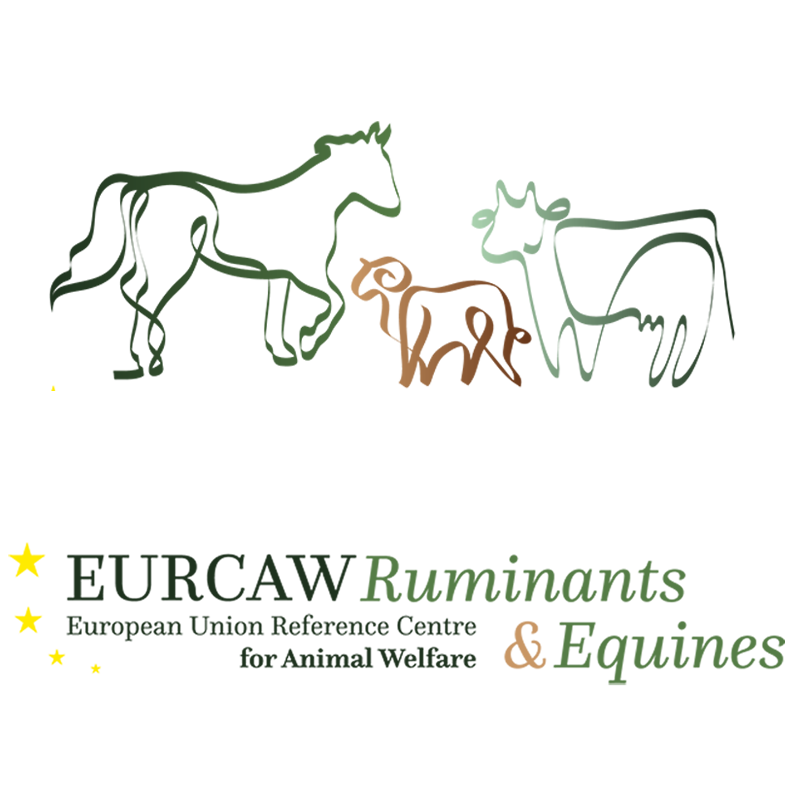Inspector@Work in Västra Götaland, Sweden
"Have the humility to admit when you don’t know the answer straight away". An inspector from Sweden shares their experience.
Work Programme 2023-2024
The activities of the EURCAW Ruminants & Equines are set out in a work programme in consultation with the European Commission. The current work programme commenced on 1 January 2023 and will end on 31 December 2024.
Q2E-Ruminants-Equines-2023-002-Appendix
Regarding the Q2E on the space allowance for dairy cows, this appendix provides a non-exhaustive list of legally non-binding recommendations for France, Germany and Italy.
Environmental enrichment for ruminants and equines
This indicator factsheet provides recommendations for inspection regarding environmental enrichment in ruminants and equines.
Environmental enrichment for sheep
In natural habitats, animals receive many stimuli that vary in place and time. In such habitats, they can express a wide range of behaviours that define the species’ behavioural repertoire. Farming or captive environments are designed to meet biological basic needs (e.g. for rest, feeding), but are far less complex…
Inspector@Work in Alsace, France
"Animals must be fed, yes – but how, when and with what?". An inspector from Alsace in France shares their experience.
Code of Conduct
EURCAW Ruminants & Equines is functioning on the basis of EU ethical principles and rules, namely equality, diversity and inclusion. In order to support an environment that promotes respect, inclusivity, and fairness the Centre has adopted a Code of Conduct, to uphold respectful and inclusive behaviour regarding protected characteristics in meetings (physical…
Environment enrichment for sheep
In natural habitats, animals receive many stimuli that vary in place and time. In such habitats, they can express a wide range of behaviours that define the species’ behavioural repertoire. Farming or captive environments are designed to meet biological basic needs (e.g. for rest, feeding), but are far less complex…
Topics @ the World Cafe: Fitness for transport
At the EURCAW Ruminants & Equines meeting with Competent Authorities (BOKU, Vienna, 20-21 November 2023), a world café was conducted to focus on three topics: Painful procedures Stockpersonship Fitness for transport The session started with brain-storming, where participants, using colour-coded notes wrote down key issues relating to the topic for…
Topics @ the World Café: Stockpersons
At the EURCAW Ruminants & Equines meeting with Competent Authorities (BOKU, Vienna, 20-21 November 2023), a world café was conducted to focus on three topics: Painful procedures Stockpersonship Fitness for transport The session started with brain-storming, where participants, using colour-coded notes wrote down key issues relating to the topic for…


